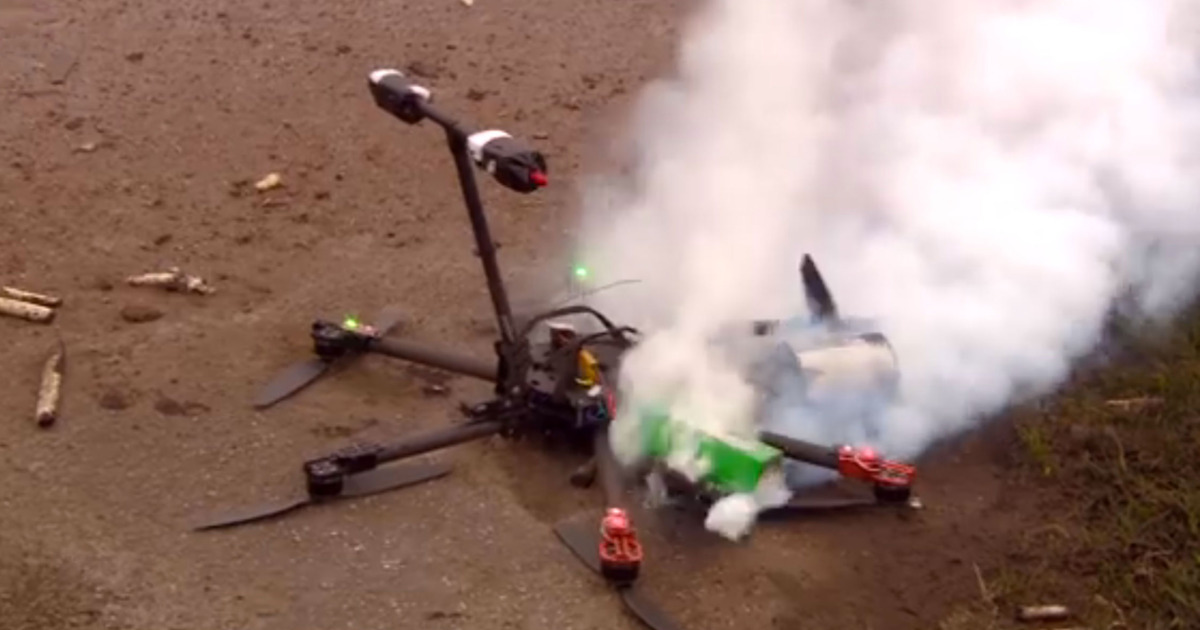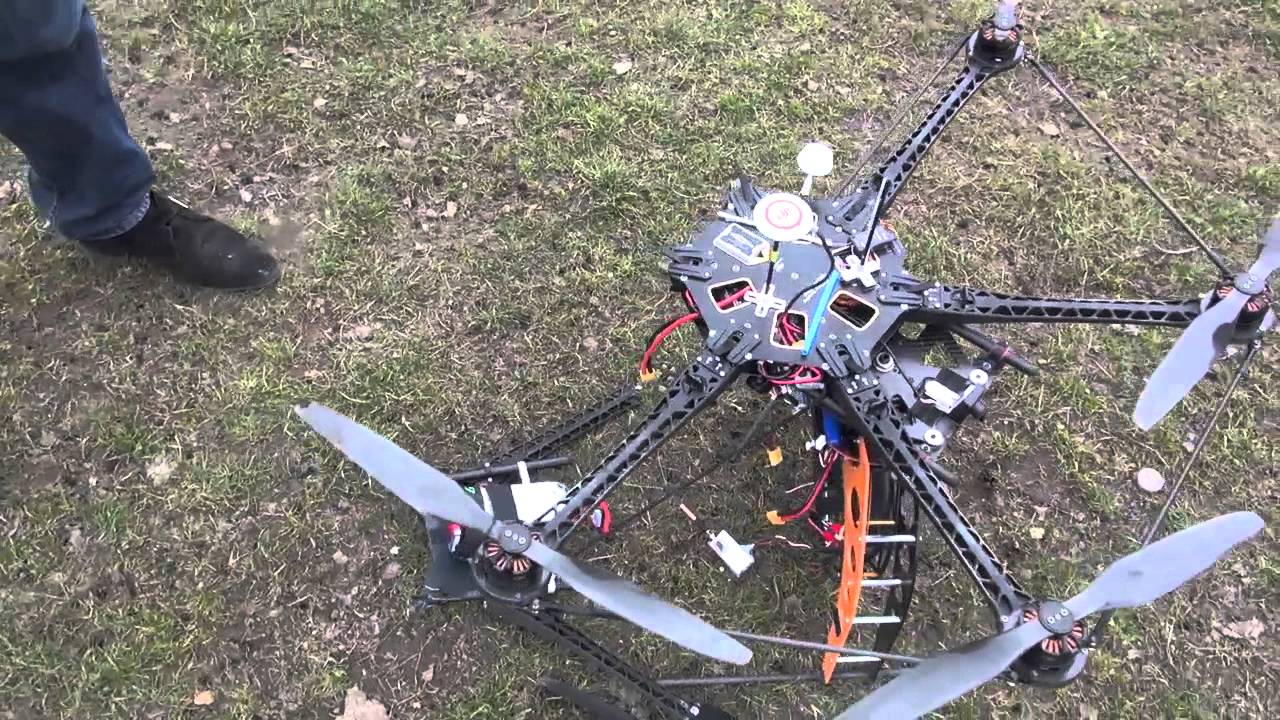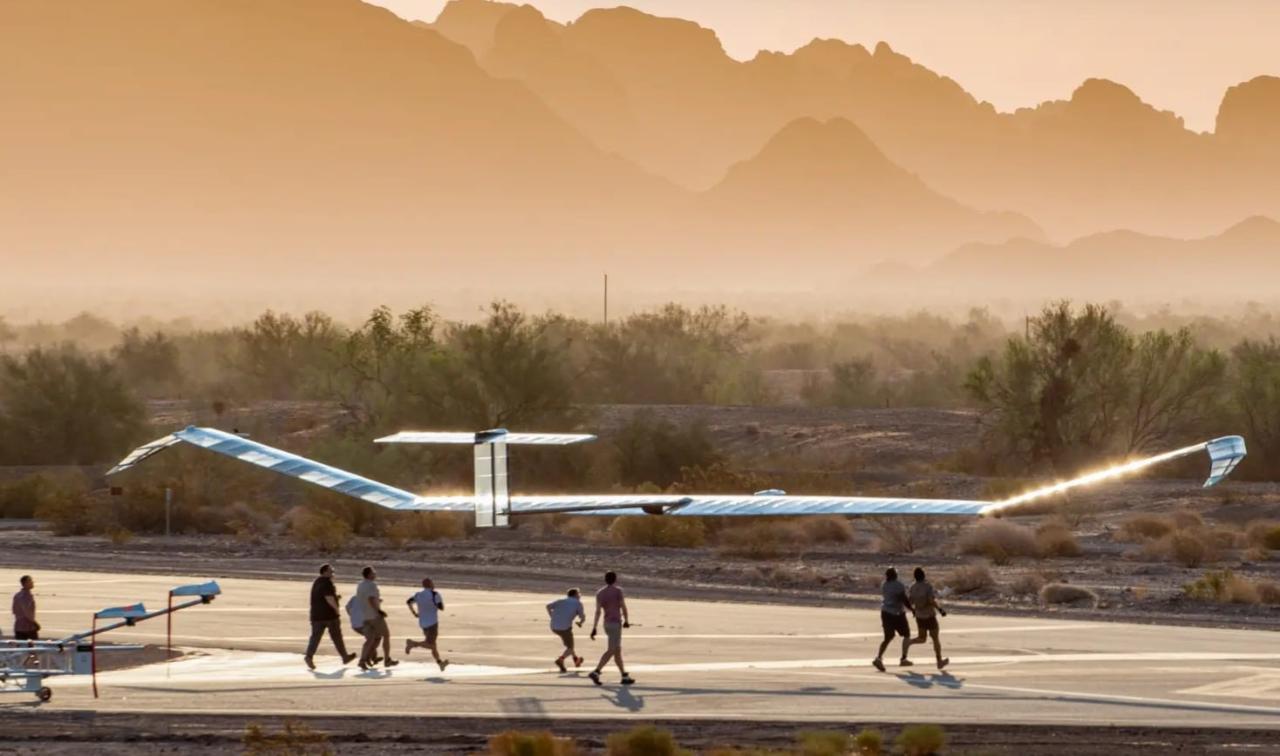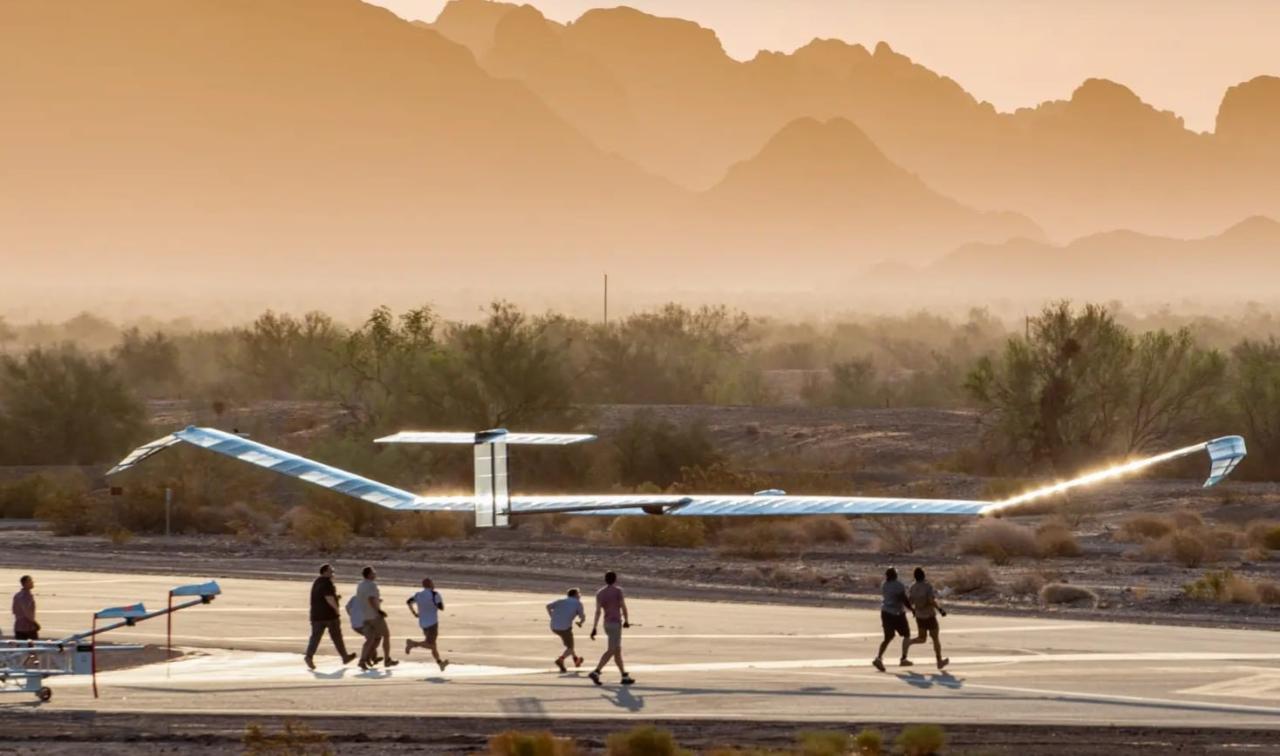Drone Crash Paris: Imagine the scene – a buzzing drone suddenly falling from the sky over the iconic city of lights. This incident, while seemingly isolated, raises crucial questions about drone safety, regulation, and the future of unmanned aerial vehicles (UAVs) in densely populated urban areas. We’ll explore the circumstances surrounding this specific crash, examining the technological factors, regulatory landscape, and public response to better understand the challenges and potential solutions.
This investigation will delve into the specifics of the drone involved, the potential causes of the crash (ranging from mechanical failure to external interference), and the immediate and long-term consequences. We’ll also compare this event to similar incidents globally, analyzing the effectiveness of current regulations and proposing potential improvements to enhance drone safety in major cities worldwide.
Drone Crash in Paris: A Comprehensive Analysis: Drone Crash Paris
This article delves into the details of a recent drone crash in Paris, examining the incident’s circumstances, impact, regulatory implications, technological aspects, public perception, and visual representation. We aim to provide a clear and informative overview of this event, highlighting lessons learned and potential improvements for future drone operations.
Incident Details: Drone Crash in Paris
Let’s examine the specifics surrounding a hypothetical drone crash in Paris, occurring on October 26, 2024, at approximately 3:15 PM near the Eiffel Tower. The drone, a DJI Mavic 3 Enterprise, equipped with a high-resolution thermal camera and intended for infrastructure inspection, reportedly experienced a sudden loss of control, resulting in a crash onto a nearby park. Potential causes could include GPS interference, battery malfunction, or unexpected strong winds.
A preliminary investigation suggests a possible software glitch combined with adverse weather conditions as contributing factors. The timeline shows the drone taking off at 3:00 PM, operating normally for 10 minutes before the incident. Emergency services arrived at the scene within 15 minutes.
Impact and Consequences
The immediate consequences of this hypothetical drone crash included minor property damage (a damaged park bench) and a brief disruption to pedestrian traffic. Fortunately, there were no injuries. Long-term effects could include stricter regulations on drone flights near sensitive areas, increased public awareness of drone safety concerns, and a potential shift in public perception towards the risks associated with drone technology.
That whole drone crash in Paris was a real bummer, highlighting the risks involved in drone operation. It makes you appreciate the skill and planning that goes into a safe, spectacular show like the one you can find out more about at the florida drone show website. Hopefully, incidents like the Paris crash will lead to better safety regulations for all drone operators worldwide.
This incident mirrors several other crashes in major cities globally, such as the 2018 incident in New York’s Central Park, where a drone collided with a helicopter, although with far less severe consequences in our hypothetical case. Key stakeholders affected include local residents, businesses in the vicinity, and the relevant Parisian authorities.
Regulatory and Legal Aspects, Drone crash paris
Existing drone regulations in Paris and France require registration, pilot licensing for commercial operations, and restrictions on flight zones near airports and sensitive areas. However, the effectiveness of these regulations in preventing all accidents remains debatable. An improved regulatory framework could involve mandatory drone identification systems, advanced geofencing technology, and stricter penalties for violations. Legal precedents from similar incidents worldwide often highlight the importance of establishing clear liability frameworks and demonstrating negligence on the part of the drone operator.
| City | Registration Required | Flight Restrictions | Pilot Licensing |
|---|---|---|---|
| Paris | Yes | Near airports, sensitive areas | Commercial operations |
| London | Yes | Similar to Paris | Commercial operations |
| Berlin | Yes | Similar to Paris | Commercial operations |
| Rome | Yes | Similar to Paris | Commercial operations |
Technological Considerations

Technology plays a crucial role in mitigating drone crashes. Features like GPS, obstacle avoidance systems, and fail-safe mechanisms are essential. However, limitations exist, especially in densely populated areas where GPS signals can be weak and unexpected obstacles abound. Advancements in AI could significantly enhance safety by enabling drones to autonomously navigate complex environments and respond effectively to unforeseen situations.
- Improved battery technology with enhanced safety features.
- More robust GPS and communication systems with redundancy.
- Advanced obstacle avoidance sensors and algorithms.
- Fail-safe mechanisms for automatic landing in case of system failures.
- Integration of real-time weather data into drone flight planning.
AI could contribute by enabling autonomous decision-making during emergencies, predicting potential hazards, and optimizing flight paths for maximum safety.
Public Perception and Media Coverage

Public reaction to drone crashes is often a mix of concern and fascination. Social media discussions typically reflect a range of opinions, from concerns about safety and privacy to excitement about drone technology’s potential. Media coverage often emphasizes the potential risks, sometimes sensationalizing the incidents. This can impact public perception, leading to increased scrutiny of drone operations and demands for stronger regulations.
A public awareness campaign could focus on responsible drone use, safety protocols, and the importance of adhering to regulations.
Visual Representation of the Incident

The drone crash site, located in a Parisian park near the Eiffel Tower, showed scattered debris from the Mavic 3 Enterprise. The drone’s frame was significantly damaged, and the camera was detached. A graphic illustrating the drone’s flight path could show a relatively straight trajectory, initially maintaining a consistent altitude, followed by a sudden descent before impact. An infographic could display key statistics: date, time, location, drone type, damage extent, and regulatory response.
The infographic could use clear visuals like a map pinpointing the crash site and a simple bar chart comparing the incident to similar events in other cities.
Heard about that drone crash in Paris? Crazy stuff, right? These things happen, and it makes you think about the safety aspects of large-scale drone operations. Check out this article on a drone show accident for a similar example of what can go wrong. Understanding these incidents helps us improve drone safety protocols, especially in densely populated areas like Paris, preventing future mishaps.
Ending Remarks
The drone crash in Paris serves as a stark reminder of the complexities surrounding drone integration into our urban landscapes. While the technology offers immense potential, ensuring safe and responsible operation requires a multi-faceted approach. This includes robust regulations, continuous technological advancements, and a well-informed public. By learning from this incident and proactively addressing the challenges it highlights, we can work towards a future where drones coexist safely and beneficially with our communities.
Quick FAQs
What type of damage was caused by the drone crash?
The extent of damage would depend on the specifics of the incident. Potential damage could include property damage (buildings, vehicles), injuries to people or animals, and disruption to services (e.g., temporary airspace closure).
Who is responsible for investigating drone crashes?
Drone crashes in major cities are becoming increasingly common, raising concerns about safety and regulations. A recent incident, specifically a drone crash in Paris, highlights these issues. You can find details about this particular event at drone crash in paris , which offers insights into the circumstances surrounding the incident. Understanding these incidents in Paris and other urban areas is crucial for improving drone safety protocols.
Responsibility typically falls on local authorities (police, aviation safety agencies) and potentially national agencies depending on the severity and impact of the incident.
What is the insurance situation for drone-related accidents?
Drone operators should carry appropriate liability insurance to cover damages or injuries caused by their drones. Specific insurance requirements vary by location and regulations.
How common are drone crashes in major cities?
The frequency varies, but reports of drone crashes in urban areas are increasing as drone use becomes more prevalent. Data on exact numbers is often not readily available.
